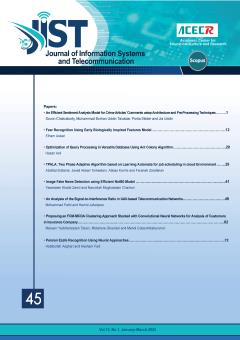In cognitive radio networks (CRN), resources available for use are usually very limited. This is generally because of the tight constraints by which the CRN operate. Of all the constraints, the most critical one is the level of permissible interference to the primary us
More
In cognitive radio networks (CRN), resources available for use are usually very limited. This is generally because of the tight constraints by which the CRN operate. Of all the constraints, the most critical one is the level of permissible interference to the primary users (PUs). Attempts to mitigate the limiting effects of this constraint, thus achieving higher productivity is a current research focus and in this work, cooperative diversity is investigated as a promising solution for this problem. Cooperative diversity has the capability to achieve diversity gain for wireless networks. Thus, in this work, the possibility of and mechanism for achieving greater utility for the CRN when cooperative diversity is incorporated are studied carefully. To accomplish this, a resource allocation (RA) model is developed and analyzed for the heterogeneous, cooperative CRN. In the considered model, during cooperation, a best relay is selected to assist the secondary users (SUs) that have poor channel conditions. Overall, the cooperation makes it feasible for virtually all the SUs to improve their transmission rates while still causing minimal harm to the PUs. The results show a remarkable improvement in the RA performance of the CRN when cooperation is employed in contrast to when the CRN operates only by direct communication.
Manuscript profile


